Dark Art – Art That Expresses Everything Dark and Grisly
History is full of famous dark paintings and dark artists. Famous dark artists such as Goya and Bosch produced terrifying works in their time. But, what is the dark art history and what is the dark art movement? Today, we will explore the dark art styles featured in artworks throughout the years.
What Is Dark Art and the Dark Art Movement?
On the surface, it appears that defining dark Art should be pretty straightforward because those who claim to make it share numerous qualities as artists. However, it cannot be argued that all paintings of skulls can be classified as dark Art, and because ‘dark’ motifs have been present in artistic creations throughout the history of art, we must find some way to balance this with what is a relatively recent genre in art. Let us begin with some dark art history.
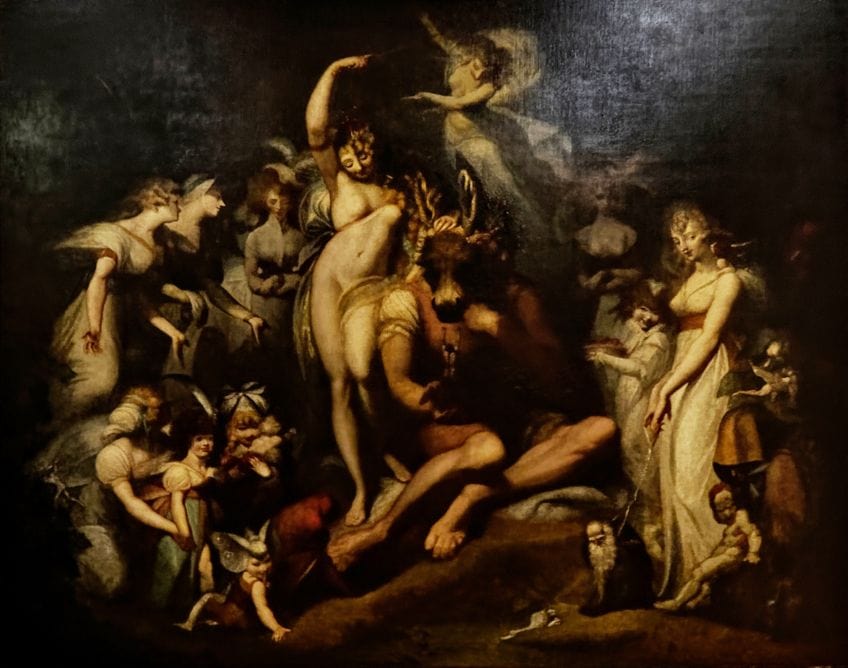
An Introduction to the Dark Art History
There is little question that motifs connected with dark art – death, monsters, decomposition, and actual darkness – have been present in artistic endeavors since prehistory. Some of our earliest traces of human artwork include representations of violent and slaughtered animals. Many early and indigenous civilizations’ religious beliefs featured terrifying forces of destruction that had to be held at bay, beings that represented predators, and spirits to be venerated and negotiated with. Some of these mythical and cultural art principles and imagery may be readily observed in contemporary art, yet claiming these universal elements as being part of the dark art movement seems arrogant.
Similarly, throughout recorded history, we are able to identify countless artworks and artists that appear to fall well within the genre of dark art.
Numerous Crucifixion images from the 15th and 16th centuries emphasized dreadful details and pain-wracked bodies, whilst Caravaggio appeared eager to incorporate darkness, gore, and personal misery into every work he was able to. In the centuries that followed, the Vanitas arose, contrasting riches and power with the transitory aspect of life and the inevitable nature of death, and the addition of skeletons became a common thing to study in art school. As we move into the modern and postmodern eras, we find famous dark artists like Bacon, Goya, Hirst, Bourgeois, and countless others creating artwork that would not appear inappropriate in a dark Art exhibition. It is certain, however, that these talented individuals would not have thought of themselves as belonging to the modern dark art movement we are currently discussing.
The Roots of the Dark Art Movement
So, if we can trace the origins of dark art throughout the history of art, where do we begin? There appears to be widespread consensus that, although not expressly part of dark art, Giger and Bekinski are its pioneers. Given that both of these artists rose to fame in the 1960s and 1970s, we need to consider other cultural shifts occurring in the West at the same time. The fast rise of countercultures during this time period was founded on challenging authority and witnessed collective cultural fears, most easily detected through examining the output of horror films, the move from horrors of mad science to anxieties focused on society itself. As the monster evolved into an invading force from within, depictions of cults, possession, serial murderers, and zombies began to proliferate. Along with this shift in societal fear comes a new attitude towards sensationalism, as the media portrays more lenient sexual views and reported increases in violent crime.
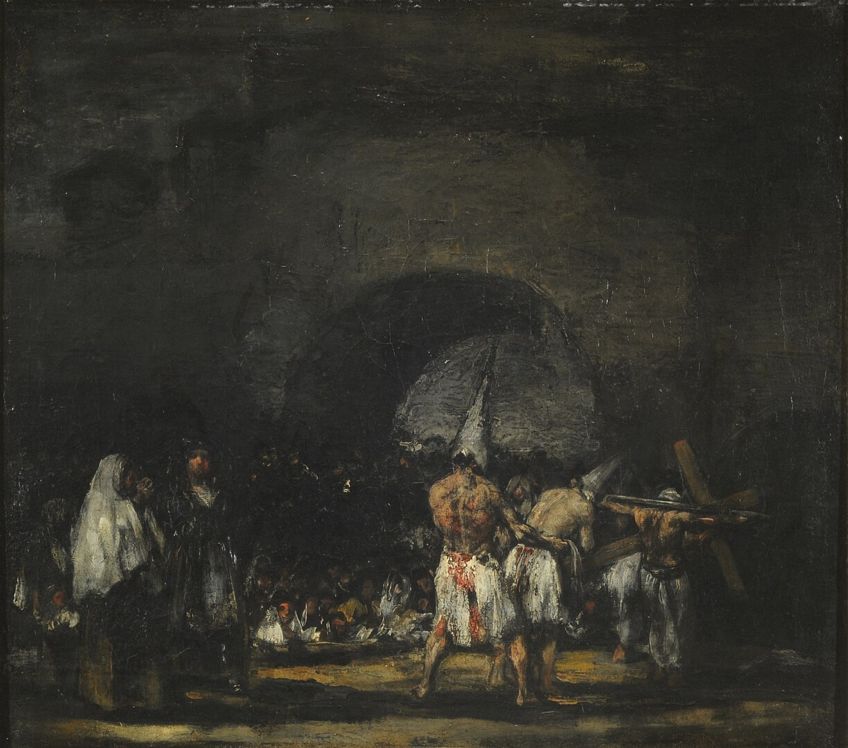
New technology in the visual effects pushed the threshold of terrifying viewers, and we would be negligent if we overlooked Savini’s work and the war in Vietnam. We are mentioning the impact of cinema, particularly horror films, for three reasons. First, there appears to be a considerable influence of horror films on modern dark art artists. Second, there is a lot of crossover between individuals who work in the visual effects sector and those who make dark art. The third reason is the film, Alien. If we assume that Giger’s creations are at least dark art-related, Alien is the most prevalent point of connection between dark art and Western culture. The xenomorph’s design, as well as the body-horror of the chest-burster and face-hugger aliens, have become so entrenched in popular culture that they are mentioned in novels, television shows, and even children’s cartoons, with the presumption that the adult audience would understand the references.
The Culture of Dark Art
There is a prevalent culture that surrounds dark art, which encompasses horror movies and novels, punk and metal music, body modification, tattooing, and a plethora of other ‘dark’ sub-cultural qualities. Yet it must be understood that none of these features are a hallmark of the dark art movement or an indicator of whether or not a person may or should be linked with it. Such interests and identification identifiers are about individuals and not about the things that they generate.
Although ‘dark art artists’ may be a handy marketing phrase, it is apparent that dark art is not limited to certain artists, but that dark art may be made by anybody, regardless of their typical creative interests.
If dark art is to be regarded as a distinct genre, we may include aspects of historical works that appear to belong to it, such as Mayan death gods, The Scream by Edvard Munch, and Bosch’s Garden of Earthly Delights. Dark art can be classified as postmodern. Dark art rejects modernism’s lofty aspirations and focuses on topics and perceptions of reality as opposed to material exploration. It is typically anti-authoritarian, cognizant of its place within the larger society, and occasionally amusing and self-deprecating.

As a result, work made during and before the modernist movement is not regarded as genuinely dark art. Dark art is not considered horror art. This characteristic may appear difficult to define since it is heavily reliant on the artist’s intentions. Although dark art combines iconography and visual characteristics with horror, its primary goal is not to frighten or shock the observer. Although it may seem repetitive, the point must be stated that dark Art offers a dark message to its viewers. A fading flower in a dark art piece does not transmit a sense of wonder, a dark seascape does not offer natural splendor, and a dark portrait is not merely a faithful duplicate of the subject.
Famous Dark Paintings
Understanding the features of dark art allows us to see how it is also strongly related to modern art since they depict current scenarios that we are facing today. We identify famous dark artists throughout history who were also contemporaries of their time and wished to express the darkest and most horrifying aspects of their lives, allowing us to classify these works as dark art, or more accurately, the precursors of the dark art movement.
Below, let’s find out more about these artworks that inspired the dark art movement.
Triptych of Earthly Vanity and Divine Salvation (1485) by Hans Memling
| Artist | Hans Memling (1430 – 1490) |
| Date Completed | 1485 |
| Medium | Oil on panel |
| Dimensions (cm) | 20 x 13 |
| Location | Musée des Beaux-Arts, Strasbourg |
Many painters were investigating new and thrilling regions of existence, both actual and imagined, throughout the Renaissance era, which resulted in some of the most distinct artworks ever made.

During this time, German-born artist, Hans Memling, was noted for working with oils on wooden surfaces. One of his most renowned masterpieces is also one of the most renowned artworks from the Renaissance era. This painting was completed in 1480.
It contains three unique aspects that reflect life as we know it, in addition to two possible fates that we reach following our death.
Judith Beheading Holofernes (1599) by Caravaggio
| Artist | Caravaggio (1571 – 1610) |
| Date Completed | 1599 |
| Medium | Oil on canvas |
| Dimensions (cm) | 195 x 145 |
| Location | Palazzo Barberini, Rome, Italy |
Caravaggio became known for being able to create works that emphasized the difference between darkness and light, which unambiguously imply good and evil in many of his most prominent works. In 1599, he finished one of his most famous works, Judith Beheading Holofernes.
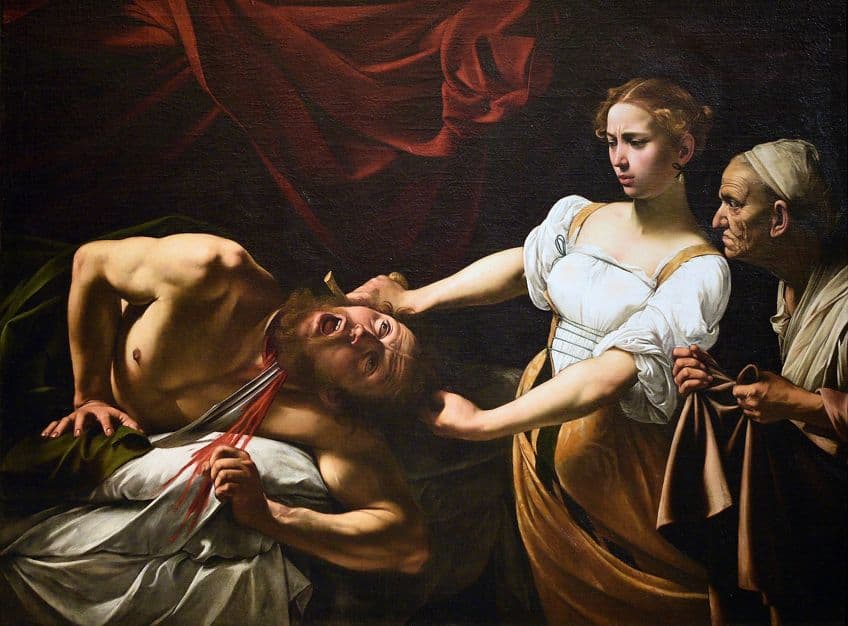
It is based on the Old Testament tale of Judith slaying the Assyrian monarch after luring him into a state of ease. Like a number of Caravaggio’s works, it was praised for its high degree of detail in every aspect, from the look on her face to Holofernes’ writhing in misery.
In this painting, the fundamental components of light and darkness are skilfully employed to depict the victory of good over evil in Judith’s simple act of decisive revenge.
The Nightmare (1781) by Henry Fuseli
| Artist | Henry Fuseli (1741 – 1825) |
| Date Completed | 1781 |
| Medium | Oil on canvas |
| Dimensions (cm) | 102 x 127 |
| Location | Detroit Institute of Arts, Michigan, United States |
During the Romanticism period, artists made many works of art that reflected some of life’s most attractive aspects as well as the various pleasures of their respective cultures. Few artists ventured to create works that might evoke feelings of dread or horror in the audience but Henry Fuseli achieved just that in what many believe to be his most noteworthy work.
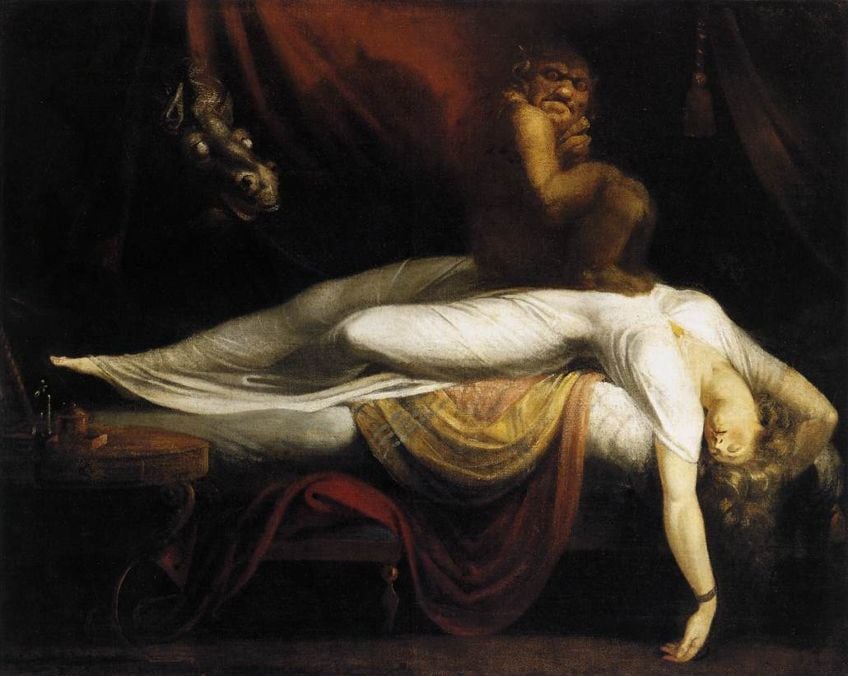
This demonic artwork depicts a dark, terrifying scenario that many people have remarked they can identify with. The 1781 artwork depicts a sleeping lady splayed across a bed, her arms dangling down to the floor as though she is deeply asleep. A wicked entity seated upon the woman’s chest appears to be disturbing her sleep. Doctors have recorded a number of cases in which individuals report being almost entirely awake in the night, when what seems like some form of demonic creature sits or presses down on their chest, suffocating them.
This is most likely the source of inspiration for Fuseli’s work, which is why it is featured in our list of the most renowned dark paintings ever made.
Saturn Devouring His Son (1823) by Francisco Goya
| Artist | Francisco Goya (1746 – 1828) |
| Date Completed | 1823 |
| Medium | Mixed media mural transferred to canvas |
| Dimensions (cm) | 143 x 81 |
| Location | Museo Nacional del Prado, Madrid, Spain |
Few artworks in history create a stronger feeling of despair or dreadful nature than Francisco Goya’s famed dark artwork. This work has long been one that captures the notice of visitors in a direct and ugly, yet strangely appealing way. Goya’s work, completed in 1823, was an instant sensation with art galleries and shows all over the world due to its absolutely unique character. No other artist has ever shown such gruesome and terrible images in a single work. Goya was already an established painter among the Romanticism artists of the time, but this piece is undoubtedly his most renowned because it falls into a level of depravity and darkness that few artists were prepared to explore. Saturn, the Greek deity, can be observed in the piece eating his own son.

The subject matter is inspired by a well-known Greek mythical account in which Saturn is believed to have consumed his own offspring out of fear of being deposed by one of them. The strange body of the Greek deity, as well as the general overtones of evil, contribute to this masterpiece becoming one of the most renowned dark paintings in history. This 19th-century painting, which was initially displayed as a mural in the artist’s home, highlights Goya’s extraordinary artistry while also portraying the political and social circumstances of the period.
Goya had already established himself as a well-regarded painter with a great awareness of societal realities by the time he painted this artwork, and he utilized his creative skill to capture and communicate the darkest parts of human nature.
Dante And Virgil (1850) by William-Adolphe Bouguereau
| Artist | William-Adolphe Bouguereau (1825 – 1905) |
| Date Completed | 1850 |
| Medium | Oil on canvas |
| Dimensions (cm) | 281 x 225 |
| Location | Private collection |
Adolphe Bouguereau is considered to be one of the most prominent painters of the Neoclassicism era, which spanned the 18th to 20th centuries. Many of his most renowned works included human figures, particularly those linked with Roman and Greek deities.

One of his greatest works of art was the famous Dante and Virgil tale, which is a well-known scene from the renowned book Dante’s Divine Comedy, which was a description of Dante’s voyage to the underworld, or hell. This artwork portrays a particularly dreadful moment in which Dante and his mentor, Virgil, gaze upon two doomed souls caught in an eternal misery consisting of perpetual fighting. The picture portrays two naked characters engaged in fierce combat, with one of the spirits overpowering the other and biting the other person on the neck.
There are also visions of winged devils in the backdrop, who gaze on with joy while Dante feels appalled by what he sees.
The Library (1881) by Félicien Rops
| Artist | Félicien Rops (1833 – 1899) |
| Date Completed | 1881 |
| Medium | Watercolor |
| Dimensions (cm) | 22 x 14 |
| Location | Private collection |
Félicien Rops was a Belgian artist who became renowned for his use of dark, veiled colors in the mid-19th century. Rops was not as well-known as many of the other artists of the time, but he was regarded by his contemporaries as one of the most proficient painters when it came to investigating the depth of various colors and components that were otherwise buried in mystery.

The work of art, made in 1881, depicts a naked lady spread over a bed, immersed in the text of the book she is reading. A demonic person flying aloft with a bundle of books in his arms is also seen in the image. This piece is both distinctive and brilliantly executed.
Everything in it is immersed in the same dark blue color that appears to suggest a sense of evil related to the book the woman is reading.
Skull With A Burning Cigarette (1886) by Vincent van Gogh
| Artist | Vincent van Gogh (1853 – 1890) |
| Date Completed | 1886 |
| Medium | Oil on canvas |
| Dimensions (cm) | 32 x 24 |
| Location | Van Gogh Museum, Amsterdam, Netherlands |
Vincent Van Gogh is renowned for producing some of history’s most colorful and exceptional artworks. He was undeniably skilled as a painter, but his works often showed the extremely troubled mental state that he contended with for most of his life. One of the artist’s most renowned dark paintings seems to have an element of both humor and darkness about it.
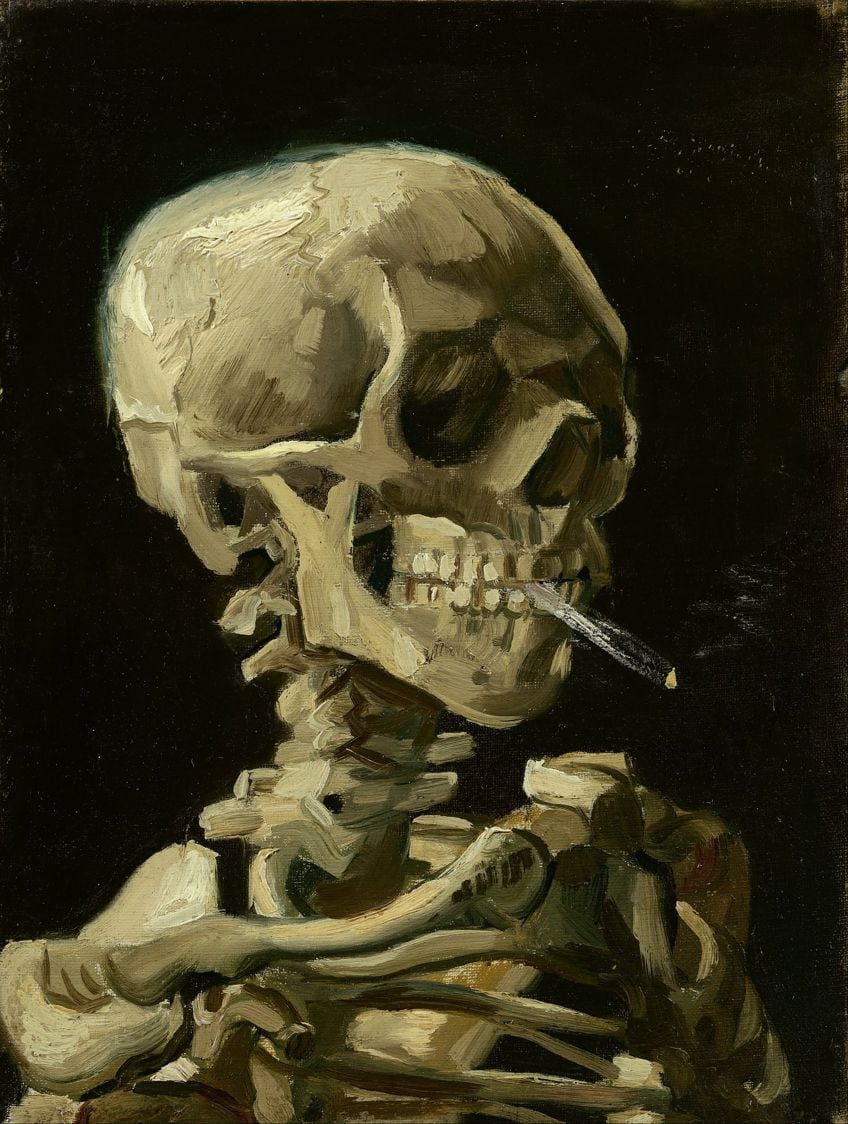
This piece depicts a bizarre yet appealing scenario of a skeleton person posing calmly and relaxedly while smoking a cigarette. The work of art is said to have been painted during one of Van Gogh’s manic phases, when the artist may have been severely depressed. Van Gogh would battle with these severe periods throughout his life, eventually severing his own ear in a fit of psychotic wrath just a few years before committing suicide.
Death And Life (1915) by Gustav Klimt
| Artist | Gustav Klimt (1862 – 1918) |
| Date Completed | 1915 |
| Medium | Oil on canvas |
| Dimensions (cm) | 178 x 198 |
| Location | Leopold Museum, Vienna, Austria |
Gustav Klimt’s work is yet another great addition to our selection of the most famous dark paintings. This piece was made during the Nouveau period, which was popular in his native Austria during the early 20th century.
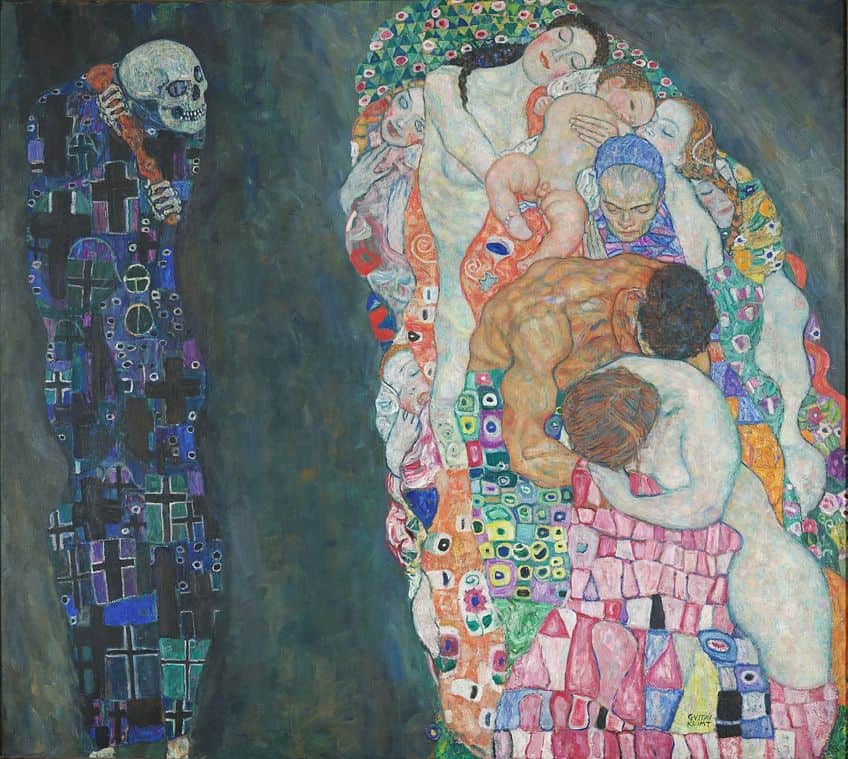
The 1915 piece contains two unique clusters of pictures and figures separated by black space. This one-of-a-kind artwork has aspects of Klimt’s sexuality.
It also presents the audience with an array of smaller characters jumbled together in an odd collage.
The Face Of War (1940) by Salvador Dalí
| Artist | Salvador Dalí (1904 – 1989) |
| Date Completed | 1940 |
| Medium | Oil on canvas |
| Dimensions (cm) | 64 x 79 |
| Location | Museum Boijmans Van Beuningen, Rotterdam, Netherlands |
Salvador Dalí is regarded as one of the most well-known Surrealist painters, and many critics and art historians see him as the ‘founder’ of the movement. He did create works that seemed to delve into the unfathomable depths of the human mind, with many paintings concentrating on a distorted, warped version of reality. Many people feel that this work of art, produced in 1940, represents the artist’s emotional suffering as a consequence of being brought up in war-torn Europe during the early years of the 20th century. The artwork shows a pain-stricken face amid a desolate setting. The face and skull have been rendered black to resemble decaying flesh, and serpents can be seen creeping out of the figure’s cracks and fissures.
Dark art styles have changed over the years. While there was no formal movement for most of art history, there is a common theme that runs through these works that displays the darker side of man’s psyche. Nowadays, there is the dark art movement which reflects the state of modern man’s darker themes and impulses. Yet, there are so many works throughout the years that could be regarded as precursors. By examining them, we can see the influence they had on the dark art artists of the present. Which of the above famous dark paintings do you feel best represents that dark side of man?
Frequently Asked Questions
What Is the Dark Art Movement?
Because each piece in this movement differs from a specific cause or statement, dark art has a strong connection to protest or critical art. It is like a public statement that spreads a message of dissatisfaction or criticism. As a result, dark art often creates controversy and debate among audiences who are unaware of or misunderstand the intention of the artwork.
What Is Dark Art?
The dark art movement focuses on the darker themes prevalent in our modern culture, and seeks to serve as a mirror of our own inner demons and issues. Dark art is a type of art that explores topics such as macabre subject matter, darkness, the occult, death, horror movies, and other scary or uncomfortable subjects. Dark artists in this genre frequently employ symbolism, surrealism, and, on occasion, aspects of horror to portray their thoughts and feelings. Dark artists typically delve deep into the human psyche and our sense of fear, attempting to elicit strong emotions and promote contemplation in their viewers. This kind of art has existed throughout history, with renowned painters such as Francisco Goya, Hieronymus Bosch, and Edvard Munch making works through the years that may be described as grim, disturbing, and dark.
Isabella studied at the University of Cape Town in South Africa and graduated with a Bachelor of Arts majoring in English Literature & Language and Psychology. Throughout her undergraduate years, she took Art History as an additional subject and absolutely loved it. Building on from her art history knowledge that began in high school, art has always been a particular area of fascination for her. From learning about artworks previously unknown to her, or sharpening her existing understanding of specific works, the ability to continue learning within this interesting sphere excites her greatly.
Her focal points of interest in art history encompass profiling specific artists and art movements, as it is these areas where she is able to really dig deep into the rich narrative of the art world. Additionally, she particularly enjoys exploring the different artistic styles of the 20th century, as well as the important impact that female artists have had on the development of art history.
Learn more about Isabella Meyer and the Art in Context Team.
Cite this Article
Isabella, Meyer, “Dark Art – Art That Expresses Everything Dark and Grisly.” Art in Context. August 30, 2023. URL: https://artincontext.org/dark-art/
Meyer, I. (2023, 30 August). Dark Art – Art That Expresses Everything Dark and Grisly. Art in Context. https://artincontext.org/dark-art/
Meyer, Isabella. “Dark Art – Art That Expresses Everything Dark and Grisly.” Art in Context, August 30, 2023. https://artincontext.org/dark-art/.





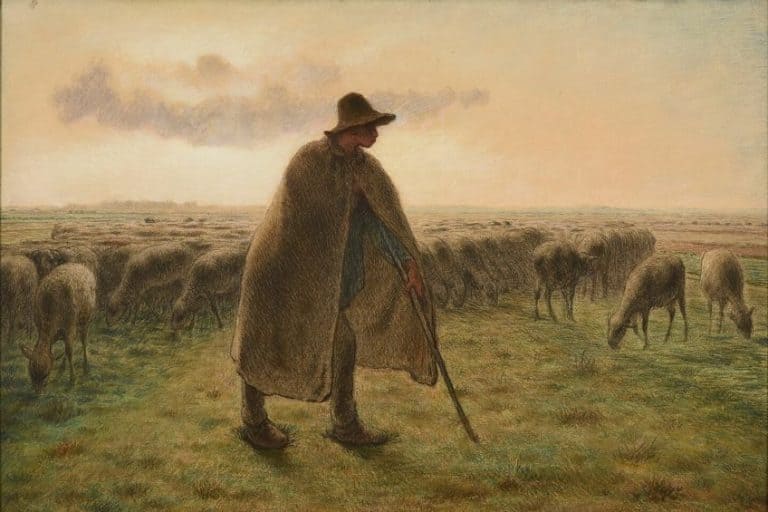

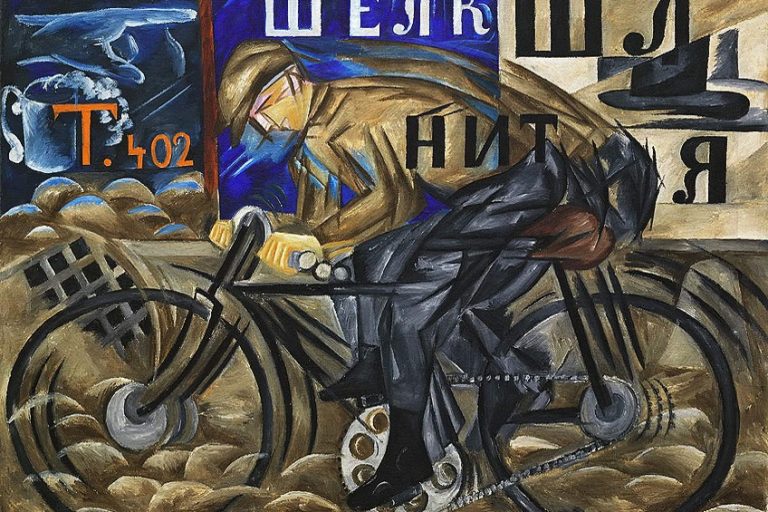




Ver beautiful explanation. I like it.